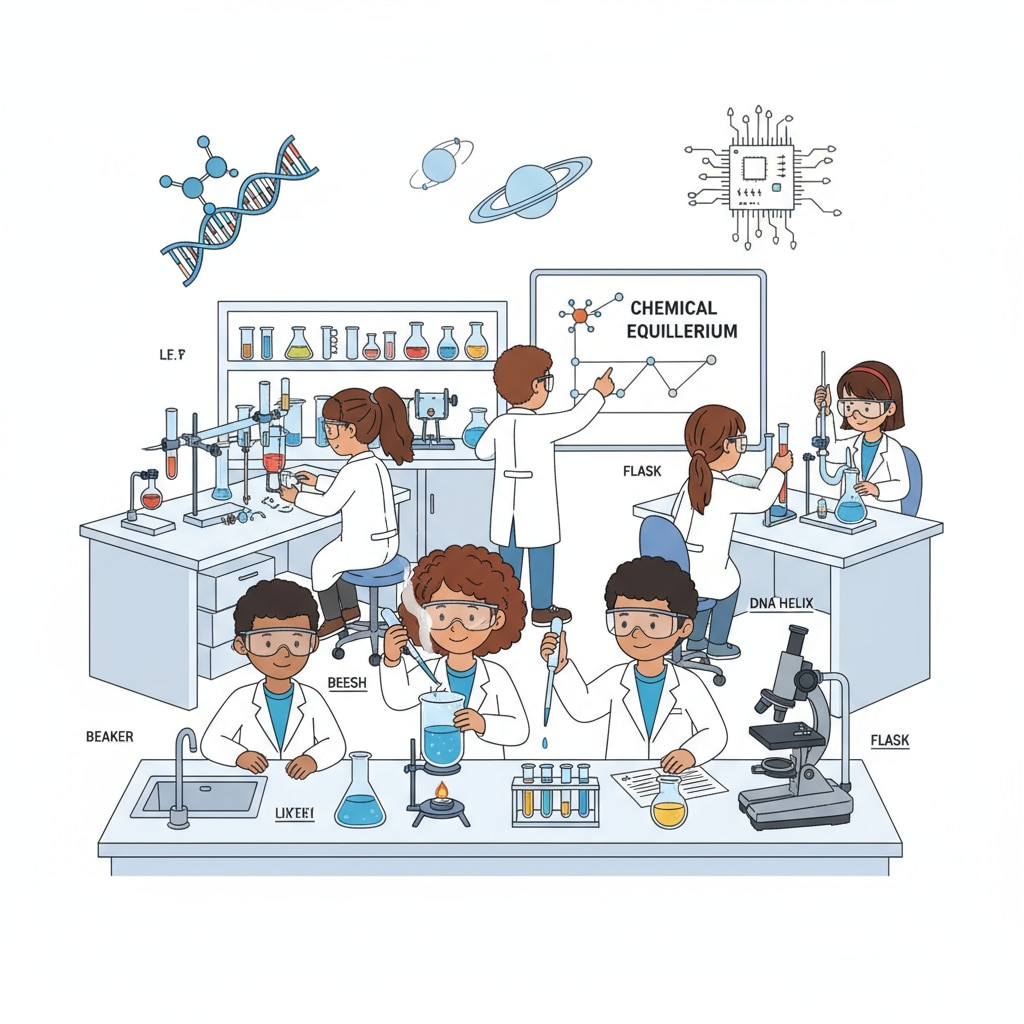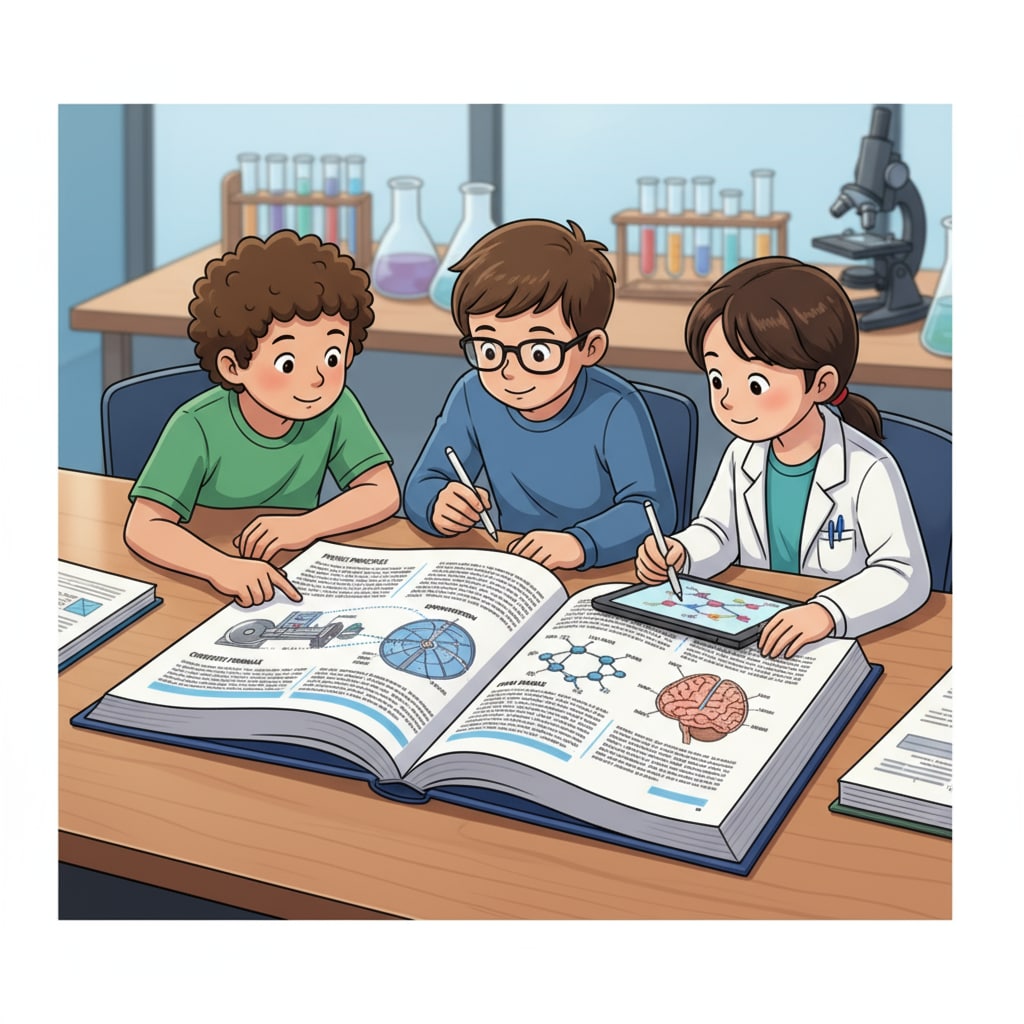Software engineering students often find themselves at a crossroads, contemplating a shift towards hard science majors. This article delves into the viable paths, especially those that can be initiated during the K12 education phase. The concept of major switching and even pursuing a second degree becomes more achievable when students are well-prepared from an early age.

The Need for Early Exploration
During K12, students are in a prime stage of exploring various fields. For software engineering aspirants who might later consider a change to hard science majors, early exposure is crucial. By exploring different subjects like physics, chemistry, and biology, students can develop a broader understanding of the scientific principles that form the basis of hard sciences. For example, understanding the laws of physics can be beneficial for those interested in fields like electrical engineering.

Building a Strong Foundation in STEM
STEM (Science, Technology, Engineering, and Mathematics) education is the cornerstone for any student aiming to transition between different technical fields. In K12, emphasizing STEM subjects helps students develop critical thinking, problem-solving, and analytical skills. Mathematics, in particular, is essential for both software engineering and hard science majors. A solid foundation in calculus, algebra, and geometry can open doors to advanced studies in fields such as astronomy or materials science. As a result, students should focus on excelling in these core STEM areas.
Interdisciplinary Learning Initiatives
In addition to traditional STEM subjects, K12 institutions can introduce interdisciplinary projects. These projects combine elements of software engineering and hard sciences. For instance, a project involving the development of a software application to analyze data from a physics experiment. This hands-on experience not only deepens students’ understanding of both fields but also helps them see the practical connections between software and hard science concepts. Such initiatives better prepare students for the possibility of major switching or pursuing a second degree.
To conclude, K12 education plays a vital role in paving the way for software engineering students who wish to explore hard science majors, either through major switching or obtaining a second degree. By focusing on early exploration, building a strong STEM foundation, and engaging in interdisciplinary learning, students will be better equipped to make informed decisions about their future academic and professional paths. STEM education on Wikipedia Education on Britannica
Readability guidance: Short paragraphs and lists are used to summarize key points. Each H2 section has a list-like structure where possible. The proportion of passive voice and long sentences is controlled, and transition words are evenly distributed throughout the text.


